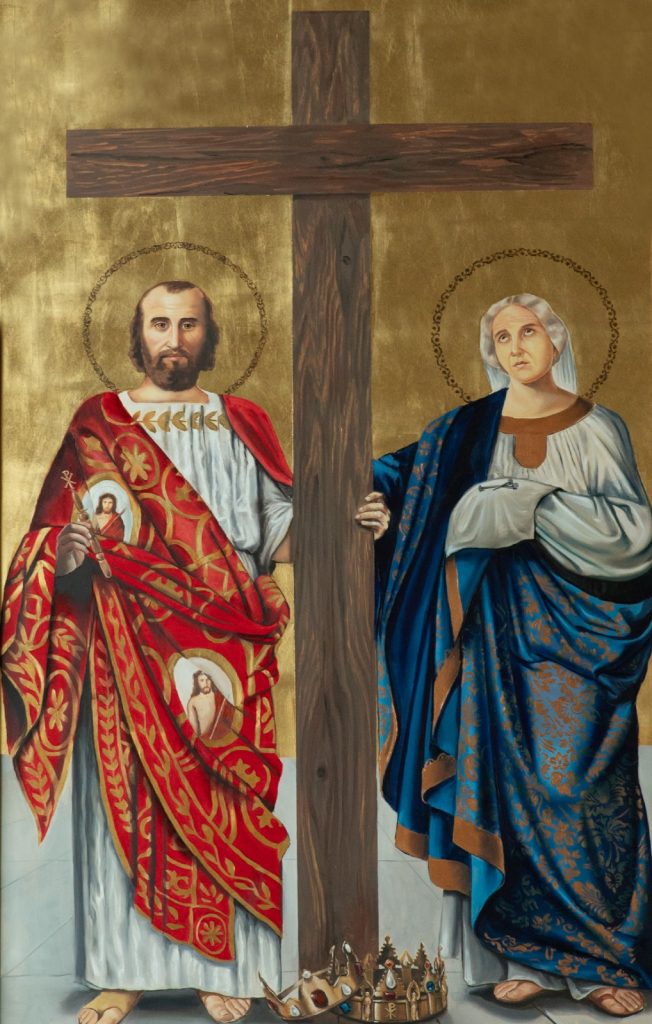
"Then the righteous will shine forth as the sun in the kingdom of their Father."
(Matthew 13:43)

"Make a sign for yourself like that sign which you had seen, and with it you shall conquer your enemies."
"Blessed are you O Constantine, for you revived the faith, for this God gave you life, in the Kingdom of Heaven".
Hymn of Constantine, Sung on the Feast of the Cross